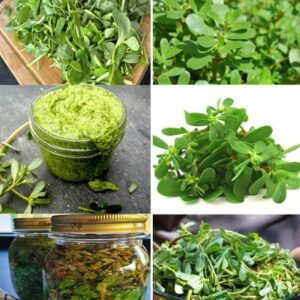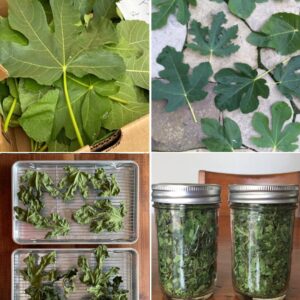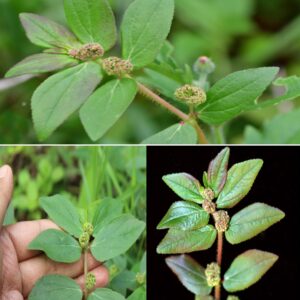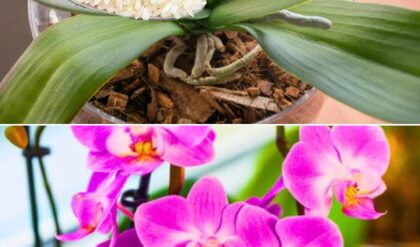Mimosa pudica, also known as the “Sensitive Plant” or “Touch-Me-Not,” is a fascinating plant renowned for its unique ability to fold its leaves when touched. Beyond its intriguing behavior, Mimosa pudica is also celebrated for its impressive medicinal properties. For centuries, traditional medicine has harnessed the healing power of this plant to treat various ailments. Let’s explore the health benefits and uses of Mimosa pudica, uncovering why this plant is more than just a botanical curiosity.
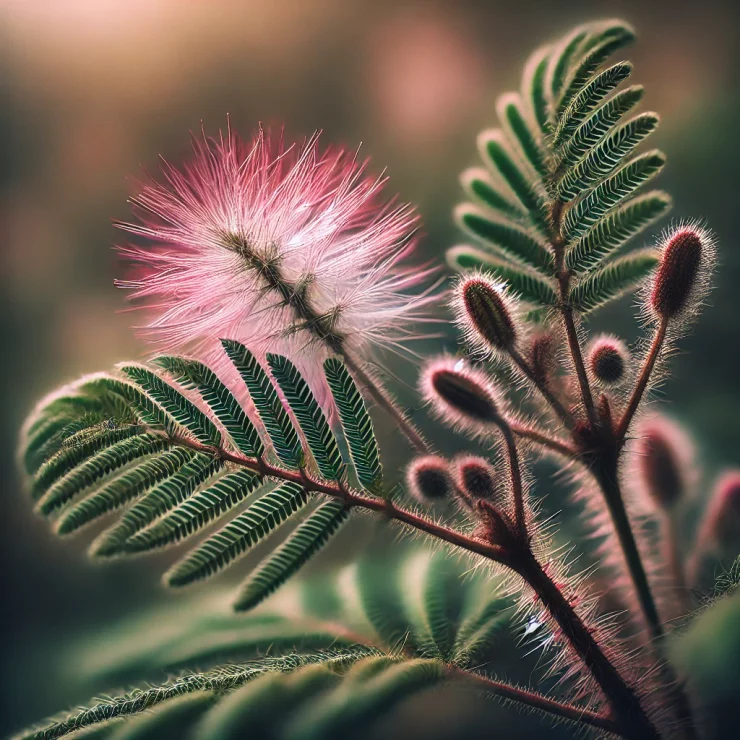
What is Mimosa Pudica?
Mimosa pudica is a small, herbaceous plant native to South and Central America but now found in tropical and subtropical regions around the world. It belongs to the Fabaceae family and is easily recognized by its fern-like leaves that close or fold inward when disturbed, a defense mechanism that protects the plant from herbivores.
The plant produces pink, fluffy, ball-shaped flowers and seed pods that can be used for various medicinal purposes. While it’s often admired for its sensitivity, the real magic lies in its therapeutic potential.
Health Benefits of Mimosa Pudica
Mimosa pudica is packed with bioactive compounds, including alkaloids, flavonoids, tannins, and terpenoids, which contribute to its wide range of health benefits. Here are some of the most notable:
One of the most significant health benefits of Mimosa pudica is its potent antiparasitic properties. The seeds of the plant contain compounds that help eliminate intestinal parasites, making it a powerful natural remedy for parasitic infections such as worms. It works by paralyzing the parasites, allowing them to be flushed out of the body.
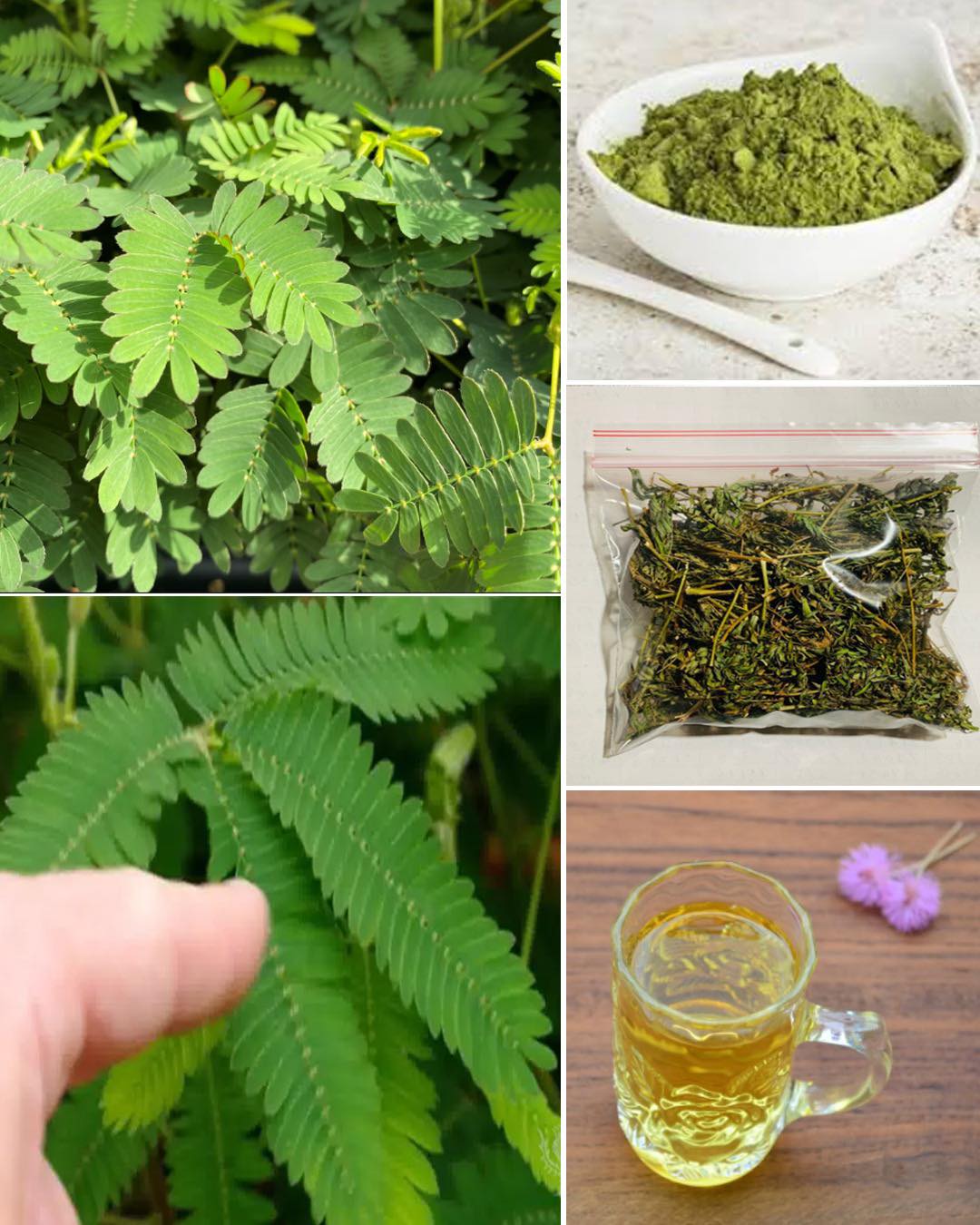
How to Use:
Mimosa pudica seed powder can be taken as a supplement to cleanse the body of parasites. Consult a healthcare provider for the appropriate dosage.
2.Promotes Digestive Health
Mimosa pudica’s antiparasitic properties also contribute to improved digestive health. By eliminating parasites and cleansing the gut, it can help alleviate digestive issues like bloating, constipation, and abdominal pain. The plant’s anti-inflammatory properties also soothe the digestive tract, promoting overall gut health.
How to Use:
Mix Mimosa pudica seed powder with water or juice and consume it to support digestive health.
3.Supports Wound Healing
Mimosa pudica has long been used in traditional medicine to promote wound healing. The plant’s leaves and roots possess antimicrobial and anti-inflammatory properties that help prevent infection and accelerate the healing of cuts, burns, and other skin injuries. It also aids in reducing scarring by promoting the regeneration of healthy skin tissue.
How to Use:
Apply a poultice made from crushed Mimosa pudica leaves to wounds or burns to speed up the healing process.
4.Alleviates Pain and Inflammation
Mimosa pudica is a natural analgesic, meaning it can help alleviate pain. Whether you’re dealing with joint pain, headaches, or menstrual cramps, the plant’s anti-inflammatory and pain-relieving properties can provide relief. Its effectiveness in reducing inflammation makes it useful for treating conditions like arthritis and other inflammatory disorders.
How to Use:
Prepare a tea from Mimosa pudica leaves and drink it to relieve pain and reduce inflammation.
5.Supports Mental Health
Mimosa pudica is believed to have calming effects on the nervous system, making it useful for managing anxiety, stress, and depression. The plant’s ability to reduce inflammation also plays a role in supporting mental health, as chronic inflammation is linked to mood disorders.
How to Use:
Drinking Mimosa pudica tea or taking it in supplement form can help promote relaxation and improve mental well-being.
6.Antimicrobial and Antifungal Properties
Mimosa pudica exhibits strong antimicrobial and antifungal properties, making it effective against a variety of pathogens. The plant can help fight off infections caused by bacteria and fungi, both internally and externally. This makes it a valuable natural remedy for skin infections, respiratory infections, and even urinary tract infections (UTIs).
How to Use:
Apply Mimosa pudica leaf extract to infected areas of the skin or take it internally in the form of tea or capsules to combat infections.
7.Aids in Detoxification
Mimosa pudica is often used in detoxification protocols due to its ability to cleanse the body of toxins and impurities. By promoting healthy digestion, supporting liver function, and eliminating parasites, the plant helps detoxify the body, leading to improved overall health.
How to Use:
Incorporate Mimosa pudica supplements into your detox regimen to help cleanse and purify your body.
How to Use Mimosa Pudica
Mimosa pudica can be used in various forms, depending on the intended use:
Tea: Brew a tea from the leaves or roots by steeping them in hot water for 10-15 minutes. This is ideal for internal uses such as pain relief, digestive health, and mental well-being.
Poultice: Crush fresh leaves or roots to create a paste that can be applied directly to wounds, burns, or inflamed areas of the skin.
Powder: Mimosa pudica seed powder is available as a supplement and can be mixed with water, juice, or smoothies for easy consumption. This form is particularly effective for detoxification and parasite cleansing.
Extract: Liquid extracts of Mimosa pudica can be taken internally or applied externally, depending on the need.
While Mimosa pudica is generally safe for most people, it’s important to use it with caution, especially if you are pregnant, breastfeeding, or taking medications. Always consult with a healthcare provider before starting any new herbal remedy, particularly if you have existing health conditions.
Mimosa pudica is a remarkable plant with a wide range of health benefits and uses. From its antiparasitic and digestive health properties to its ability to support wound healing and mental well-being, this plant is a true natural healer. Whether you’re dealing with a specific health issue or simply looking to improve your overall wellness, incorporating Mimosa pudica into your routine could be the key to unlocking better health. Embrace the healing power of this magical plant and discover the many ways it can enhance your life.
News
(N) Liam Payne’s girlfriend Kate Cassidy recounts the terrifying moment in tears: “I can’t forget the moment he stood on the balcony, looked at me and…
In a heartbreaking revelation, Kate Cassidy, girlfriend of former One Direction star Liam Payne, has opened up about the terrifying final moments before the singer’s tragic death. In an emotional interview, Cassidy recounted the events that led up to Payne’s…
(N) Horrifying moment Liam Payne fell to his death from balcony ‘caught on video’
The sudden death of former One Direction member Liam Payne has left fans and media in shock. On October 16th, the 31-year-old singer tragically fell from a third-floor balcony at the CasaSur Palermo Hotel in Buenos Aires, Argentina. While the…
Purslane: An Unrecognized, Health-Boosting Wonder Plant
Often overlooked and labeled as a common weed, purslane (Portulaca oleracea) is a resilient and nutritious plant that has been consumed for centuries across various cultures. Despite its humble appearance, this herbaceous plant boasts an impressive nutritional profile and a…
Dandelion roots are the most important part of the plant
Dandelion roots are considered crucial in herbal medicine and have various health benefits, often overshadowed by the focus on the flower or leaves. Here’s why the roots are valued: Nutritional Richness: Rich in Nutrients: Dandelion roots are packed with vitamins…
10 Surprising Fig Leaf health benefits
Fig leaves, often overlooked compared to the fruit, are packed with a variety of health benefits. From managing blood sugar to improving digestion, fig leaves can offer a natural remedy for many common health concerns. Here are 10 surprising health…
7 Surprising Benefits of Euphorbia Hirta
Euphorbia hirta, commonly known as Asthma Weed, Snake Weed, or Pill-Bearing Spurge, is a medicinal herb that has been used for centuries in traditional medicine. Native to tropical regions, this unassuming plant is packed with potent therapeutic properties that make…
End of content
No more pages to load


